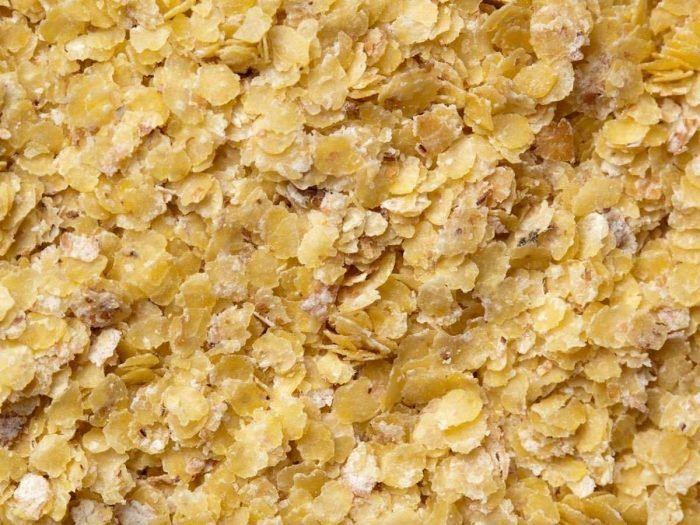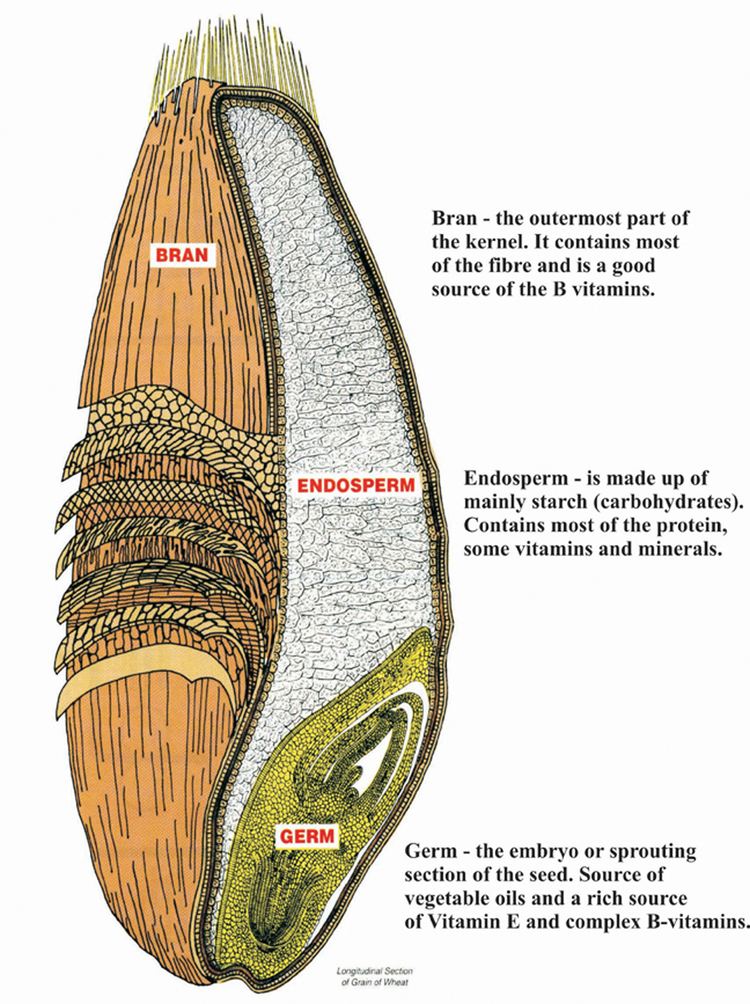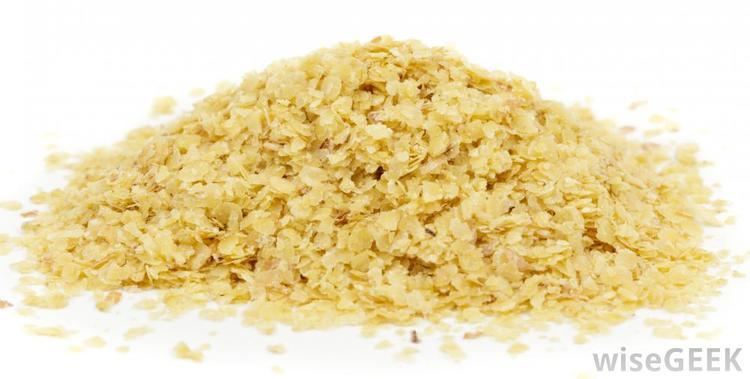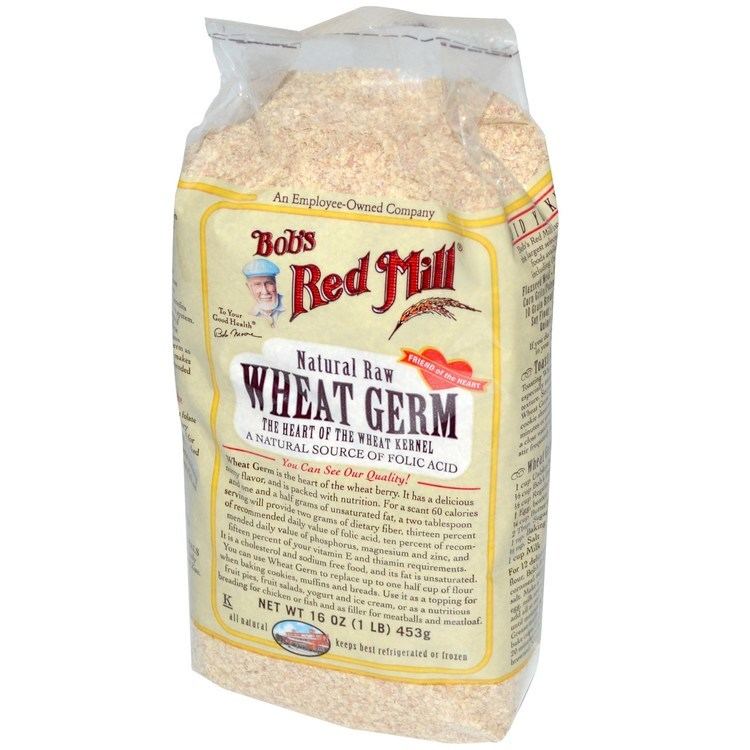Energy 1,598 kJ (382 kcal) Sugars 7.8 g Fat 10.7 g | Carbohydrates 51.8 g Dietary fiber 15.1 g Saturated 1.83 g | |
 | ||
Similar | ||
The germ of a cereal is the reproductive part that germinates to grow into a plant; it is the embryo of the seed. Along with bran, germ is often a by-product of the milling that produces refined grain products. Cereal grains and their components, such as wheat germ oil, rice bran oil, and maize, may be used as a source from which vegetable oil is extracted, or used directly as a food ingredient. The germ is retained as an integral part of whole-grain foods. Non-whole grain methods of milling are intended to isolate the endosperm, which is ground into flour, with removal of both the husk (bran) and the germ. Removal of bran is aimed at producing a flour with a white rather than a brown color, and eliminating fiber: both of these objectives reduce nutrition. The germ is rich in polyunsaturated fats (which have a tendency to oxidize and become rancid on storage) and so germ removal improves the storage qualities of flour.
Contents

Wheat germ

Wheat germ or wheatgerm is a concentrated source of several essential nutrients including Vitamin E, folate (folic acid), phosphorus, thiamin, zinc, and magnesium, as well as essential fatty acids and fatty alcohols. It is a good source of fiber. White bread is made using flour that has had the germ and bran removed. Wheat germ can be added to protein shakes, casseroles, muffins, pancakes, cereals, yogurt, smoothies, cookies, and other goods. Wheat germ can become rancid if not properly stored in a refrigerator or freezer, and away from sunlight. Some manufacturers prevent rancidity by storing wheat germ in vacuum sealed glass containers.
Other uses
In molecular biology, wheat germ extract is used to carry out in vitro translation experiments, as the plant embryo contains all the macromolecular components necessary for translating mRNA into amino acids, but contains relatively low levels of its own mRNA.

Wheat germ is also useful in biochemistry, as it contains lectins that bind strongly to certain glycoproteins, hence it can be used to isolate such proteins.
